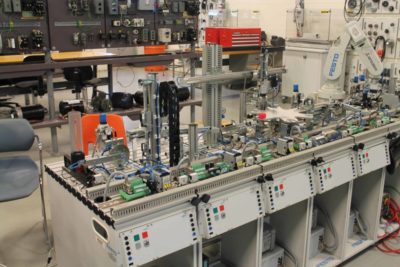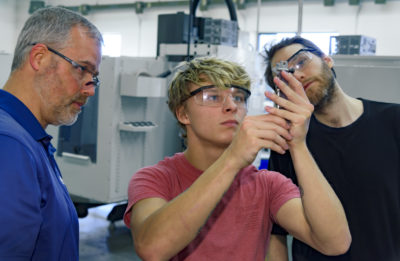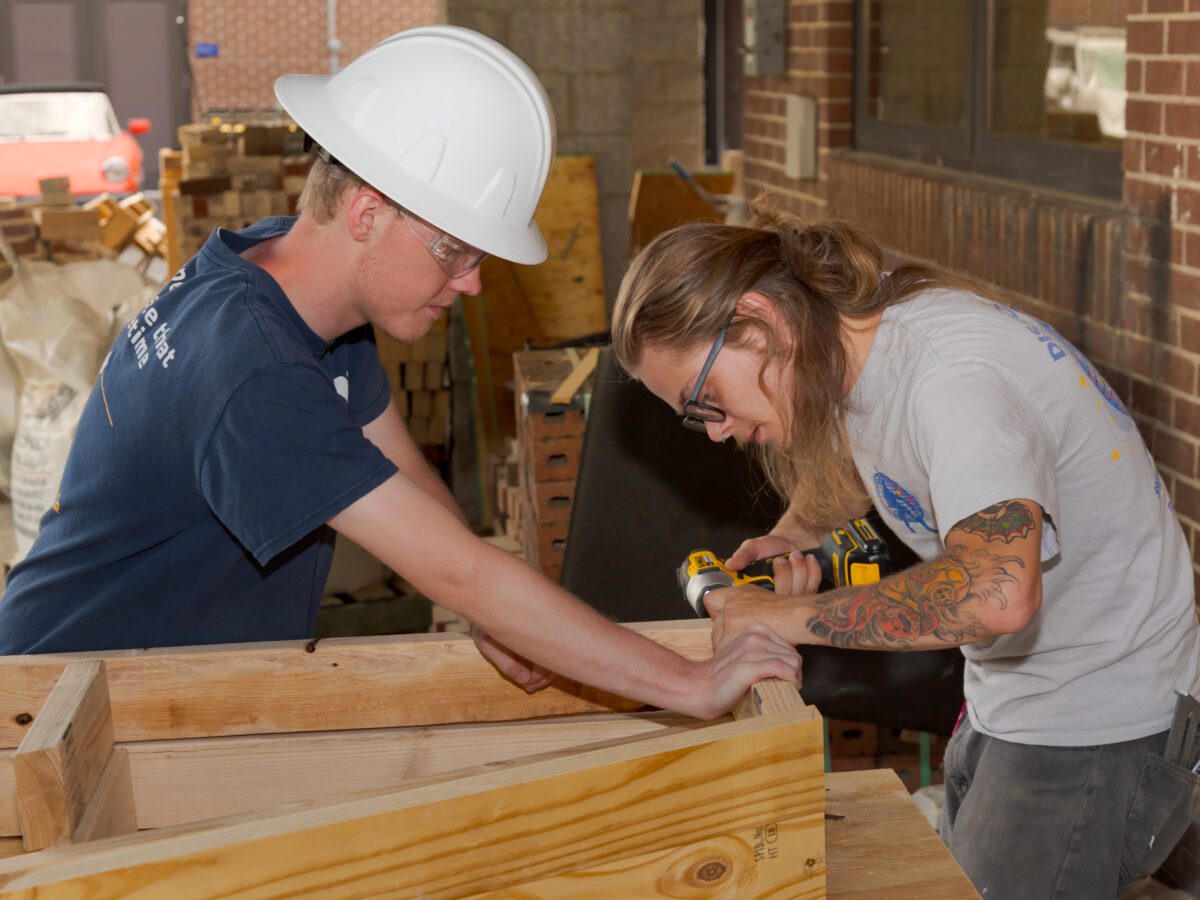
|
|
In higher education, we are often reminded of the inevitable: We are standing on the edge of an enrollment cliff. The number of people turning 18 each year is declining nationwide, and in turn, annual college enrollment rates are falling.
This “demographic cliff” was a long time coming. In fact, we can pinpoint its start to the mid-2000s, when the national birth rate began to fall. The Center for Disease Control and Prevention has tracked this steady decline over the past 20 years, noting only a slight increase after 2020. Experts predicted that 2025 would be the year when colleges would start seeing smaller classes of enrolled freshmen.
Today, there are more people reaching retirement age than coming of age nationwide.
This will have a staggering impact on education, our workforce and economy, and society as a whole, as there will not be enough young workers to fill the jobs left by retiring Baby Boomers.
Sign up for the EdWeekly, a Friday roundup of the most important education news of the week.
A generation reconsiders the skilled trades
Though this situation is nationally concerning, we are in a strategic position to make a difference as community college educators. While Gen Z students generally consider a college education to be important, they are more skeptical of the traditional college experience than previous generations, questioning its value for the cost, and expressing concerns about employability and student loan debt.
Many are opting instead for skilled trade work, attracted by the promise of job stability, work-life balance, a shorter time to certification, and a varied day-to-day schedule. A new study conducted by The Harris Poll shows that previously negative perceptions of “blue-collar” work are shifting, and young people are leading the movement.
According to the latest data from the National Student Clearinghouse Research Center, enrollment at trade-focused two-year institutions has surged nearly 20% since spring 2020, now accounting for 19.4% of all public two-year college enrollment.
Job prospects look bright in the skilled trades. Gusto reports that demand for skilled trade workers has steadily increased since 2019. In 2024, 18- to 25-year-olds made up nearly 25% of all new skilled trade hires, even though Gen Z comprised just 18% of the overall workforce, according to the Department of Labor.
Also, as concerns emerge around AI’s impact on jobs, Gen Z believes skilled trades work offers more stability. Over half of Gen Z believes that “blue-collar” jobs have more job security than “white-collar” desk jobs, given the growth of AI in the workforce. This makes practical sense, since automating an office report or set of calculations is much closer to current reality than automating tasks like installing an air conditioning unit or repairing an aging electrical system.
Related reads
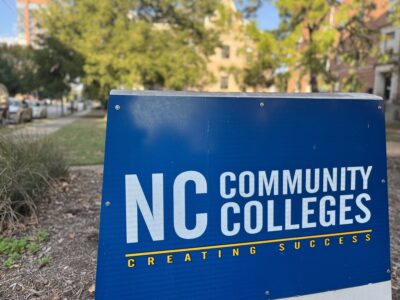

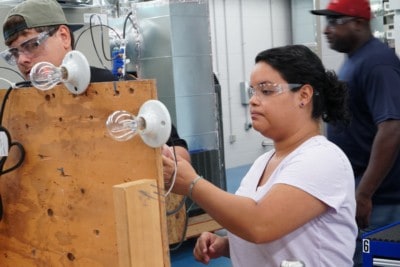
The impact of skilled trades
Our society relies on professionals in the skilled trades to function, from plumbers and electricians to nurses, mechanics, and machinists. Even more importantly, we need skilled workers to help reconstruct our world when it falls apart. Western North Carolina is still recovering from the massive impact of Hurricane Helene, a once-in-a-generation storm that left communities across our region in shambles.
In response to the storm, Blue Ridge Community College launched an accelerated construction workforce training program called “Level Up: Core Construction.” This program was based on the Rapid Recovery Construction Academy (RRCA) framework created by the National Center for Construction Education and Research (NCCER), and it was made financially possible by a generous donation from Lowe’s.
RRCAs were designed to quickly train people in construction fundamentals following natural disasters. This gives students a way to get involved in rebuilding efforts while also equipping them with the skills needed to land stable construction jobs.
Tools for success
Another way that community colleges like Blue Ridge are drawing in Gen Z students is through skilled trades apprenticeships. Apprentices receive a combination of classroom and on-the-job training, and they are able to earn money through the apprenticeship while gaining hands-on experience. This format helps students who prefer to learn by doing, rather than by simply listening.
With these programs in mind, Blue Ridge is looking to the future of our work and workforce with optimism. Though the enrollment cliff is daunting, and there is no easy fix, Gen Z students’ interest in our skilled trades programs shows that the opportunity to engage young people is here, and we must act on it. Community colleges offer a wide variety of options for students who want something different than a four-year degree, including flexible scheduling, short-term programs, and stackable credentials that allow learners to build skills and advance at their own pace.
This is our chance to show the next generation of students that there are many paths to success outside of a cubicle. When we show up for Gen Z with respect and show them the potential that awaits in the skilled trades, I’m confident that they will show up and take their education seriously.
Recommended reading
